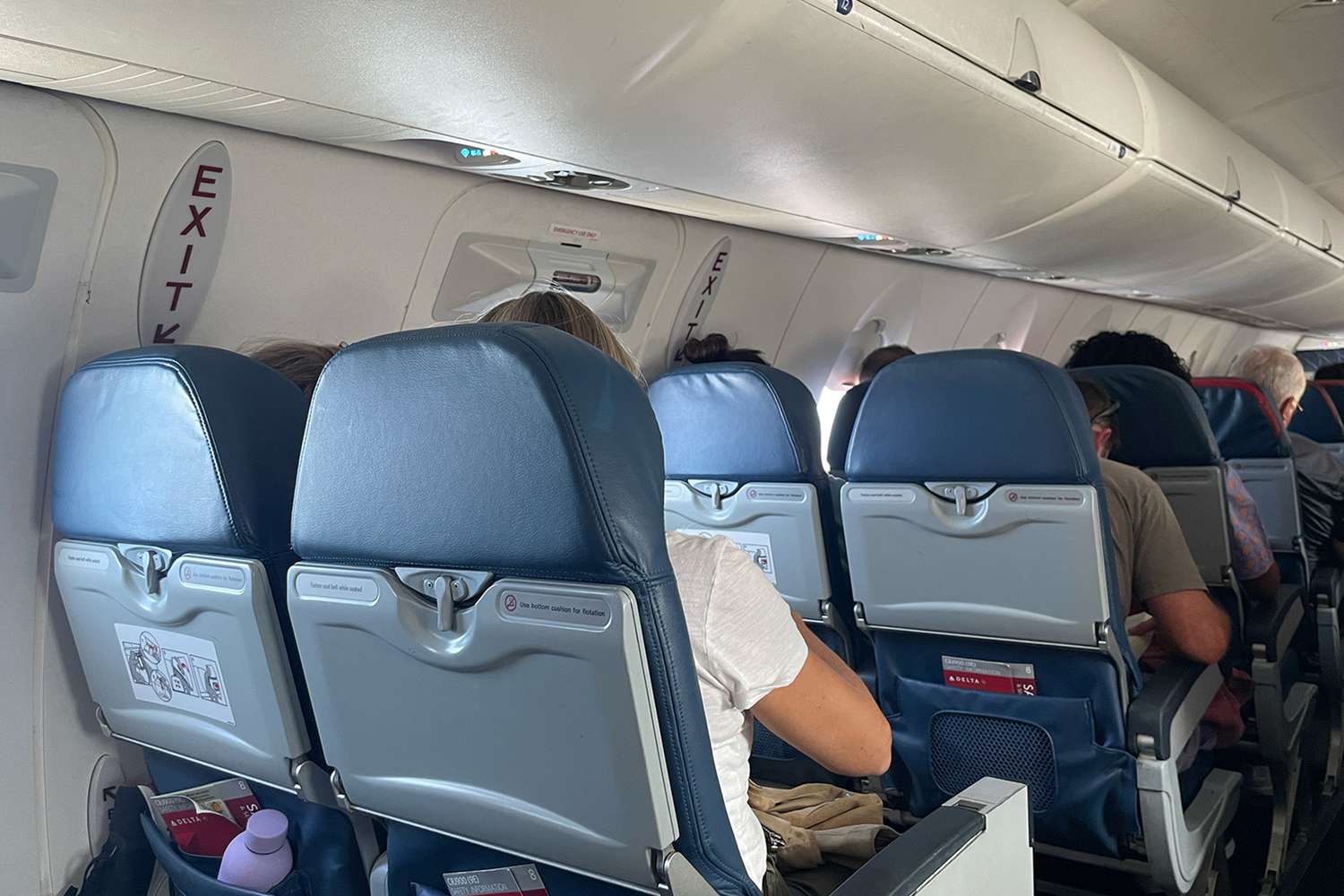
Ever wondered why planes don't always fly in straight lines? Flight routes are more complex than they seem. They zigzag across the sky for reasons like weather, air traffic, and even politics. For instance, some countries restrict airspace, forcing planes to take longer paths. Airlines also consider fuel efficiency, which means flying over certain areas to catch favorable winds. Safety plays a huge role too, as pilots avoid stormy regions and volcanic ash clouds. Then there's the curvature of the Earth, making a curved path shorter than a straight one on a flat map. Intrigued? Let's dive into 13 fascinating facts about flight routes!
Key Takeaways:
- The longest flight routes can span over 9,000 miles and take up to 18 hours, connecting far-flung corners of the globe like Singapore to New York and Perth to London.
- Some flight routes offer unique experiences, from breathtaking views of the Himalayas to scenic tours over Antarctica, making them more than just a means of transportation.
The Longest Flight Routes
Some flights cover incredible distances, connecting far-flung corners of the globe. Here are some fascinating facts about the longest flight routes.
- Singapore Airlines operates the longest non-stop flight from Singapore to New York, covering approximately 9,534 miles in about 18 hours.
- Qantas' non-stop flight from Perth to London spans around 9,010 miles, taking about 17 hours.
- Emirates flies from Dubai to Auckland, a journey of roughly 8,824 miles, lasting about 17 hours and 20 minutes.
- Qatar Airways connects Doha to Auckland, covering 9,032 miles in about 17 hours and 30 minutes.
The Shortest Flight Routes
Not all flights are long hauls; some are surprisingly short. These routes are often essential for connecting remote areas.
- The shortest commercial flight is between Westray and Papa Westray in Scotland's Orkney Islands, lasting just 1.7 miles and taking about 90 seconds.
- Another brief flight is between St. Gallen-Altenrhein in Switzerland and Friedrichshafen in Germany, covering 13 miles in about 8 minutes.
- The flight from Karpathos to Kasos in Greece spans 12 miles, taking around 5 minutes.
- Loganair operates a flight from Barra to Benbecula in Scotland, covering 18 miles in about 15 minutes.
Unique Flight Routes
Some flight routes are unique due to their geography, history, or the technology used.
- The flight from Paro, Bhutan to Kathmandu, Nepal is known for its breathtaking views of the Himalayas, including Mount Everest.
- Antarctica flights, such as those operated by Qantas, offer scenic tours over the icy continent without landing.
- The flight from Narsarsuaq, Greenland to Reykjavik, Iceland is notable for its challenging weather conditions and stunning Arctic landscapes.
- The route from Doha to Buenos Aires by Qatar Airways is unique as it includes a stopover in São Paulo, Brazil, making it a two-leg journey.
Historical Flight Routes
Some routes have historical significance, marking milestones in aviation history.
- The first non-stop transatlantic flight was made by Alcock and Brown in 1919, flying from Newfoundland to Ireland in a modified WWI bomber.
The Final Descent
Flight routes hide fascinating secrets. From the shortest commercial flight lasting just 90 seconds to the longest non-stop journey spanning over 9,500 miles, air travel is full of surprises. Airlines meticulously plan these routes, considering factors like wind patterns, geopolitical issues, and even volcanic activity. Ever wondered why flights between certain cities take longer in one direction? It's often due to the jet stream, a high-altitude wind that can either speed up or slow down planes.
Understanding these facts can make your next trip more interesting. You'll appreciate the complexity behind what seems like a simple journey from point A to point B. So next time you're buckling up for takeoff, remember there's a lot more going on behind the scenes than meets the eye. Safe travels!
Frequently Asked Questions
Was this page helpful?
Our commitment to delivering trustworthy and engaging content is at the heart of what we do. Each fact on our site is contributed by real users like you, bringing a wealth of diverse insights and information. To ensure the highest standards of accuracy and reliability, our dedicated editors meticulously review each submission. This process guarantees that the facts we share are not only fascinating but also credible. Trust in our commitment to quality and authenticity as you explore and learn with us.


